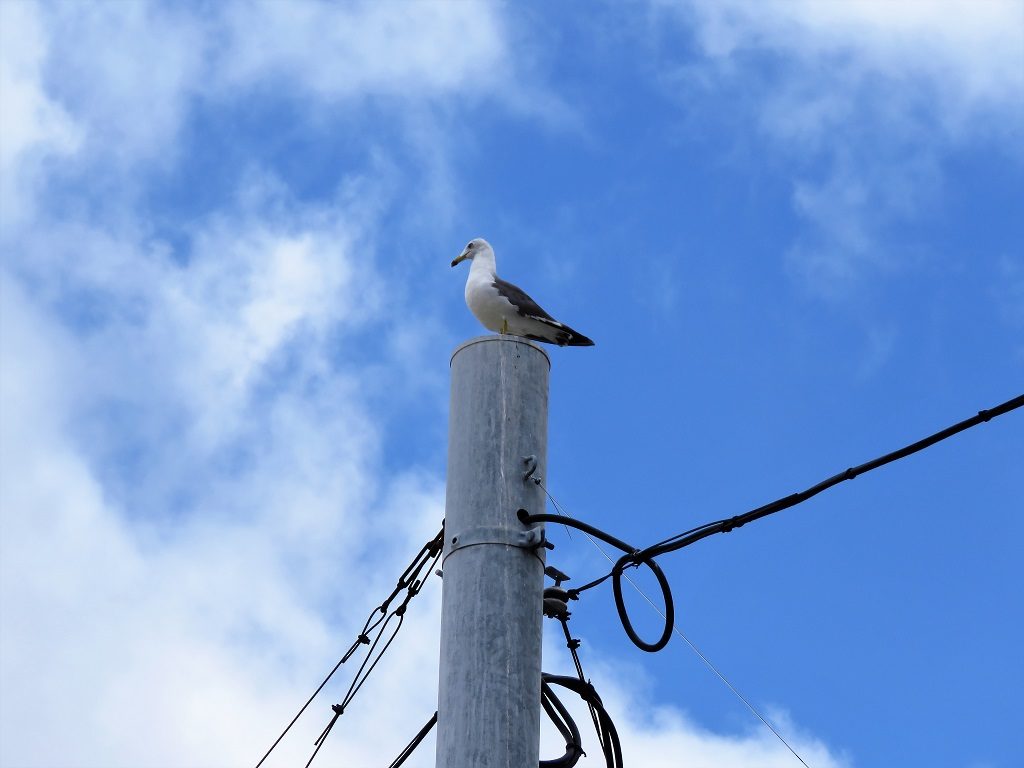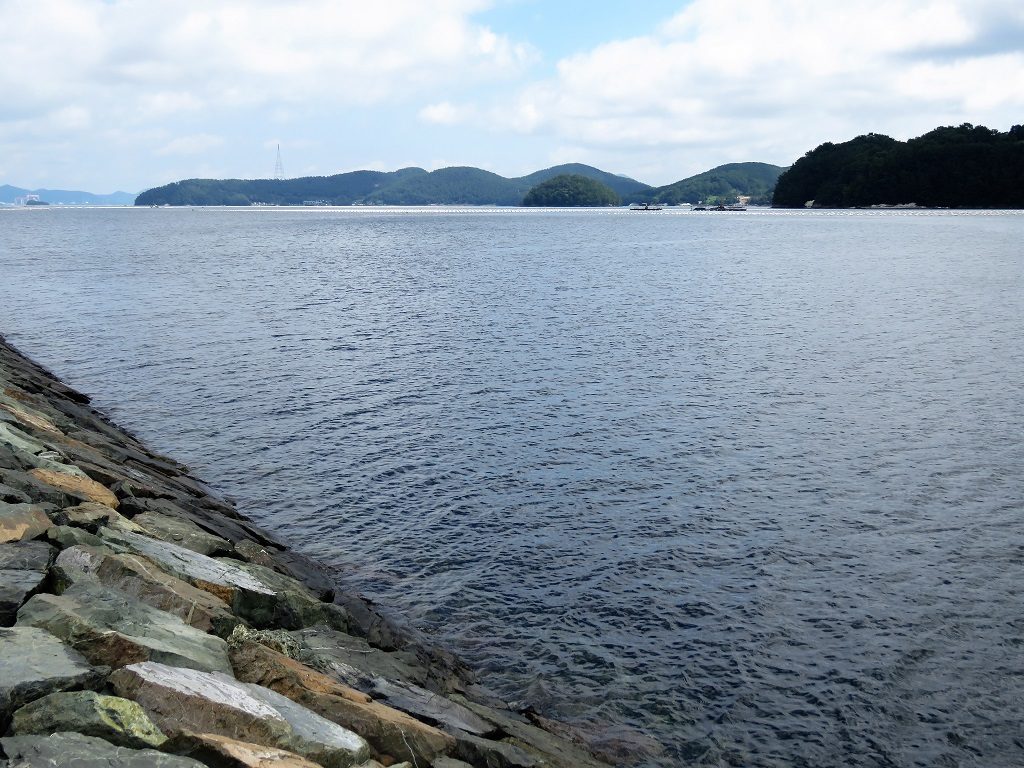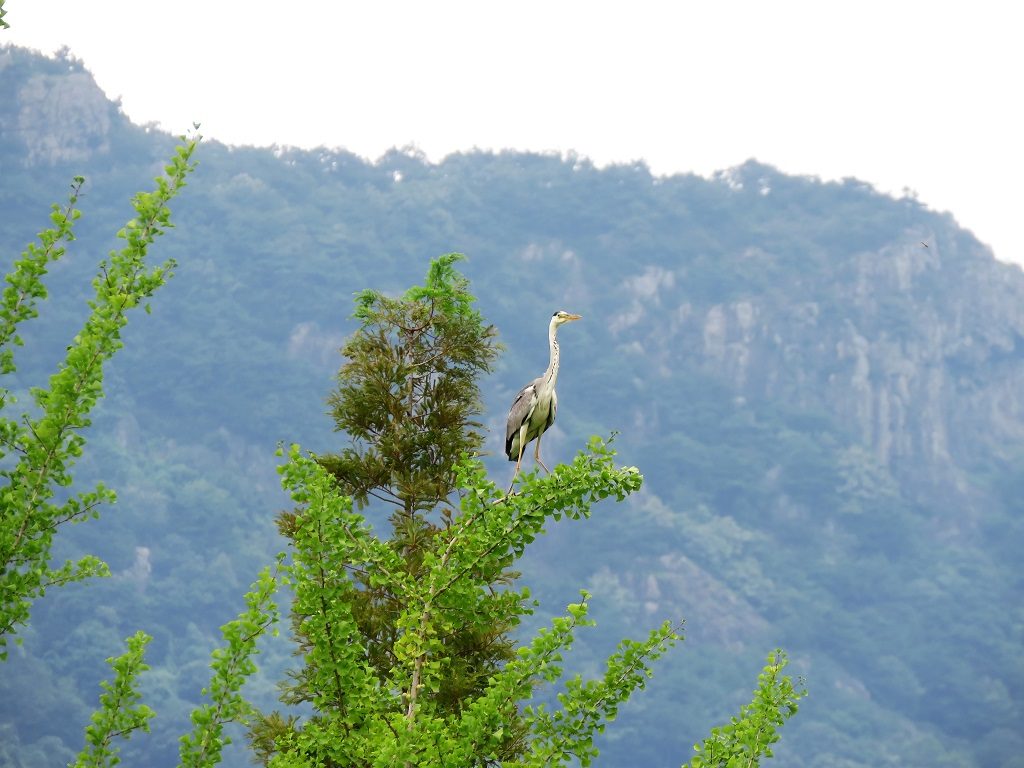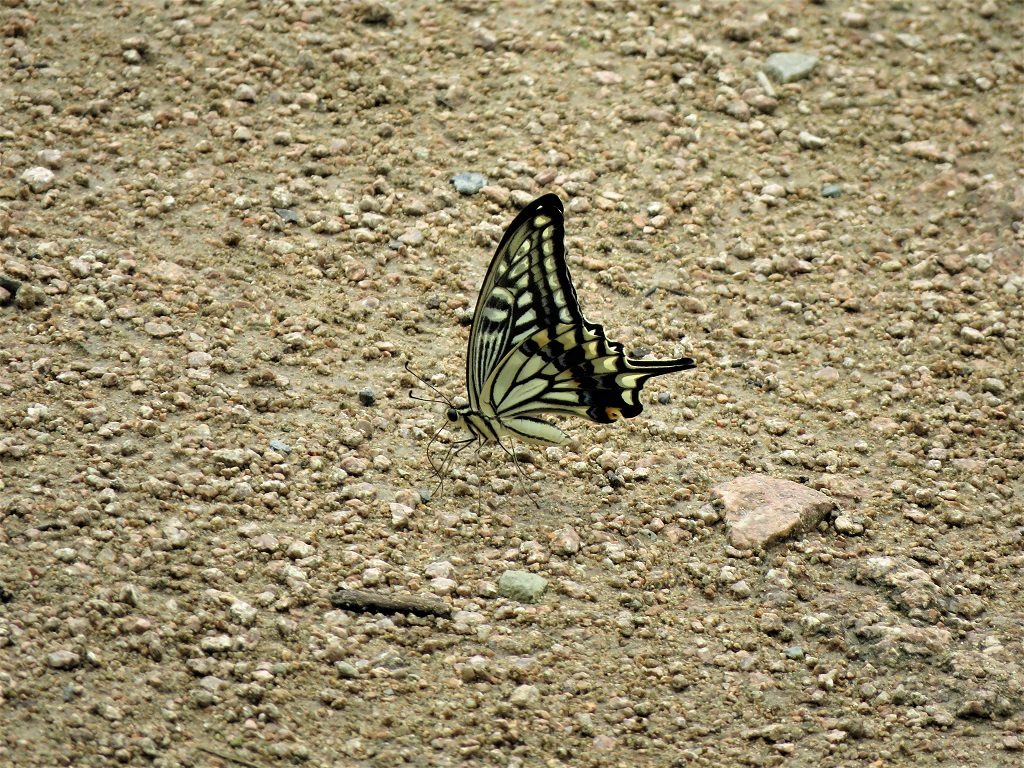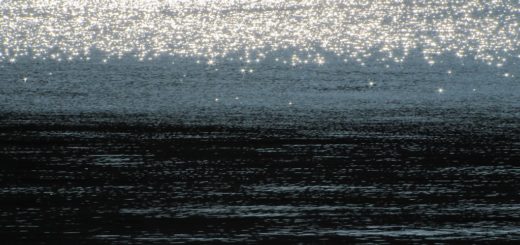Descending, Ascending
This week, North Korea has continued to test and perfect its missile systems, while Donald Trump reassures everyone that all is well with his relationship with his good friend Kim Jong Un. Meanwhile, the United States of America, the last hope for any semblance of individual liberty and citizen self-determination to survive on this planet into the foreseeable future, has taken yet another small step for a man but giant leap for mankind off the cliff into the abyss of irredeemable debt, imposed upon her by her bipartisan farce of a “representative government” — find me one American outside of the corporate-political establishment and their academic minions who asked his “representatives” in Washington to bankrupt the country for all time — which national suicide Trump trumpets as “phenomenal for our Great Military, our Vets, and Jobs, Jobs, Jobs.”
And beyond the paltry level of practical political devolution, things look no more promising. Art is dead. Philosophy is deader. The moral rationality vital to civil society is deadest of all.
All this merely by way of a brief summary, concrete and abstract, of the real “end of history.”
But here’s the good news: None of this affects the soul in its essential being. True, the union of soul and body becomes infinitely more difficult under totalitarianism, in economic decay, against prevailing winds of moral anarchy, and during the submission of the intellect to the self-loathing of theoretical materialism. But the union of soul and body is our problem — an all too human concern — and has little to do with the life of the soul as such. Or rather, to state this more accurately, the soul is life, and therefore in its defining core impervious to our embodied and embodying attempts to crush it with mere matter. We can only crush ourselves — our body-soul union, that is — which harms nothing but our transient little identities, while laying not a finger on the soul itself. In other words, we can embrace death all we like, squeezing the life out of ourselves and one another to our (artificial) heart’s content, but in so doing, all we will have accomplished is just that: to squeeze the life out of ourselves, and therefore necessarily into someplace else.
There is an economy of vitality that seems to carry on its free exchange far beyond, or perhaps by means of, all our ephemeral efforts at self-destruction. That is to say, we can and invariably will destroy ourselves, but we cannot and will not destroy it.
“But how does that help me here and now?” you ask.
It doesn’t — unless by “me” you mean something more significant than your little blip of existence as a spatiotemporal person with a name and a home address and a thousand tiny tyrants monopolizing your property and your labor. Unless, that is, you have begun to overcome your attachment to the modern view of human life, which renders the “human” part meaningless by draining all sense out of the “life” part.
Rather than run this musing up to a thousand words, however, why don’t we just abbreviate it to thirteen thousand words, in picture form?


